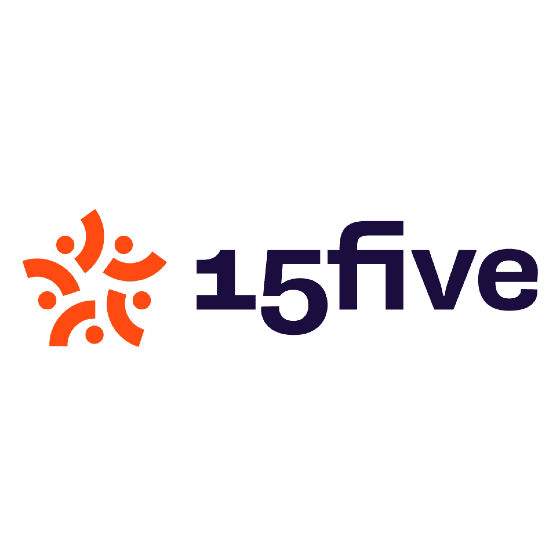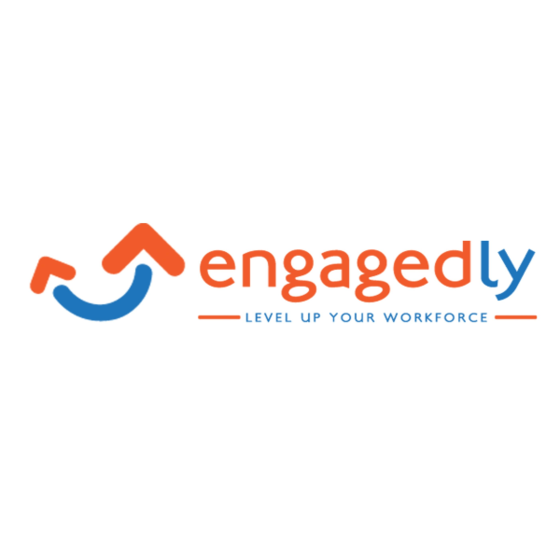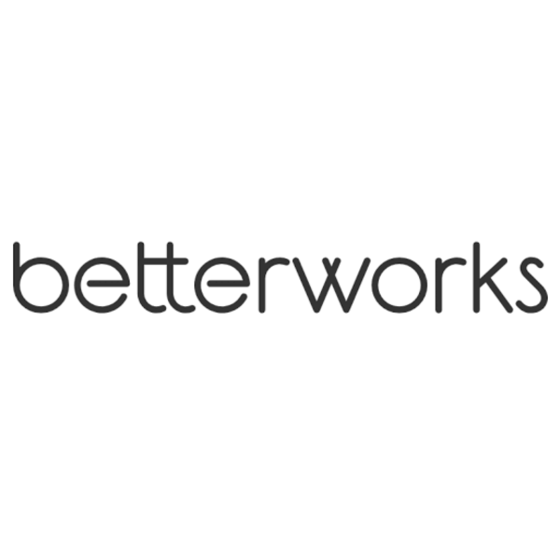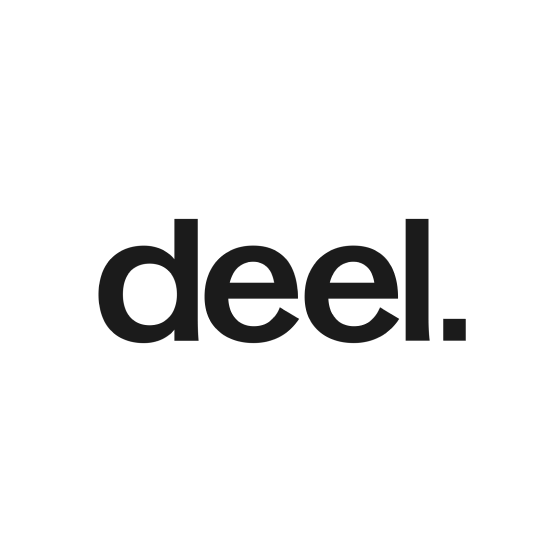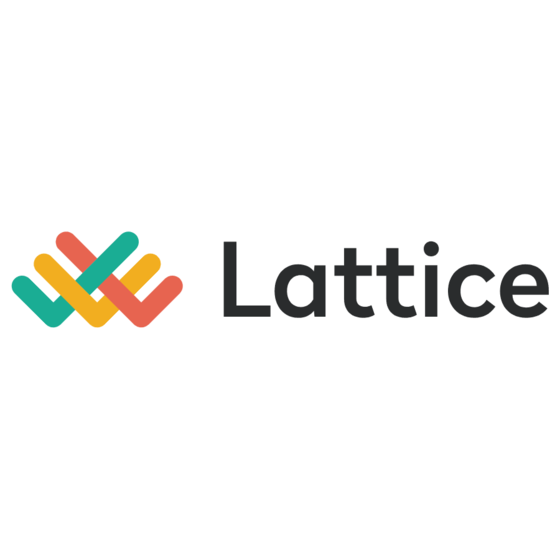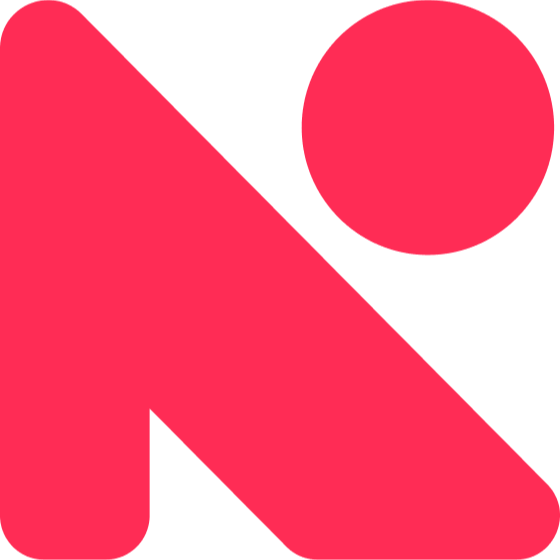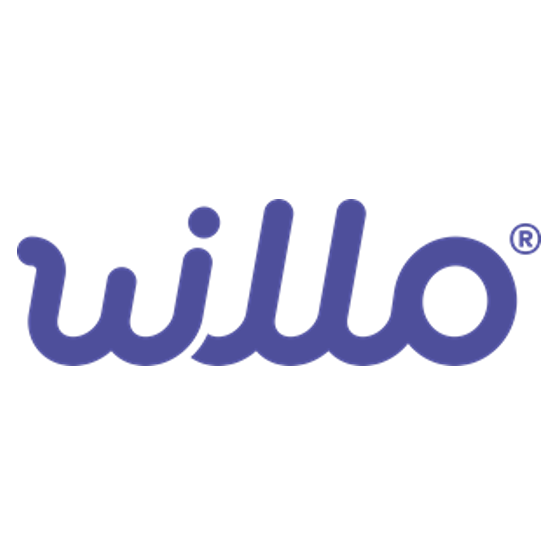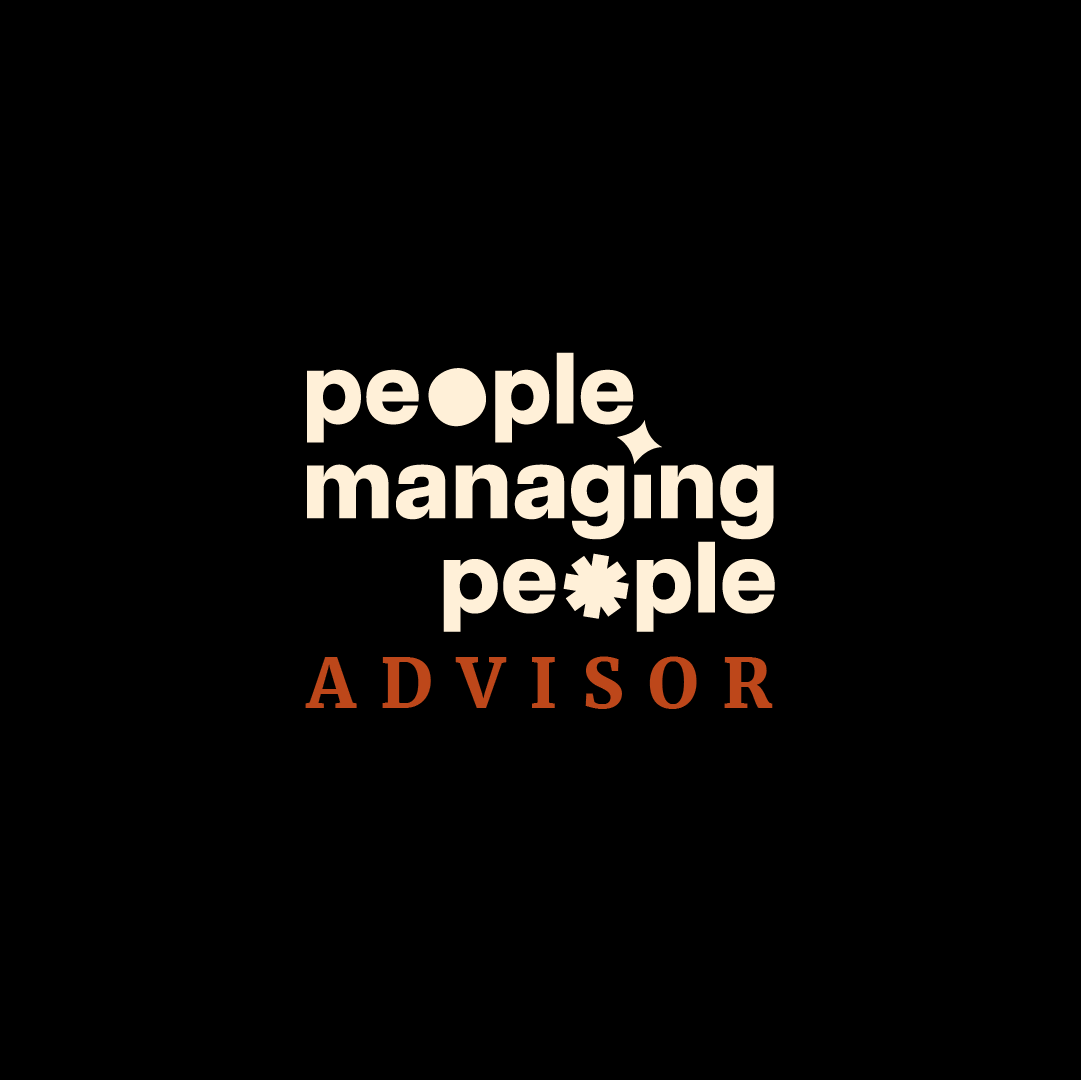10 Best AI Performance Management Tools Shortlist
Here's my pick of the 10 best software from the 14 tools reviewed.
The best AI performance management tools help you track goals, deliver feedback, and unlock actionable insights—so you can support your team’s growth without adding extra admin to your plate.
Traditional performance management often feels clunky, relying on manual reviews or static reports that don’t reflect real-time progress.
AI-powered tools change the game by automating feedback loops, spotting performance trends, and even predicting skill gaps—giving managers the data they need to coach more effectively.
Drawing on years of HR experience and independent software reviews, I’ve curated a list of AI performance management platforms that are intuitive, scalable, and built to improve both productivity and employee engagement.
In this guide, you’ll find solutions that streamline performance tracking while helping your team reach its full potential.
Why Trust Our Software Reviews
Best AI Performance Management Tools Summary
This comparison chart summarizes pricing details for my top AI performance management tools selections to help you find the best one for your budget and business needs.
| Tool | Best For | Trial Info | Price | ||
|---|---|---|---|---|---|
| 1 | Best for continuous feedback | 14-day free trial | From $4/user/month (billed annually) | Website | |
| 2 | Best for remote teams | Not available | Website | ||
| 3 | Best for employee recognition | Free demo available | From $6/employee/month | Website | |
| 4 | Best for small teams | Free demo available | From $8/user/month | Website | |
| 5 | Best for engagement insights | Free demo available | Pricing upon request | Website | |
| 6 | Best for employee surveys | Free plan available | From $0/month | Website | |
| 7 | Best for OKR management | Free trial + free demo | From $8/user/month | Website | |
| 8 | Best for HR integration | Free demo available | From $8/user/month (billed annually) | Website | |
| 9 | Best for global teams | Free trial + demo available | From $29/month | Website | |
| 10 | Best for goal setting | Free demo available | From $11/seat/month | Website |
-

Rippling
Visit WebsiteThis is an aggregated rating for this tool including ratings from Crozdesk users and ratings from other sites.4.8 -

Native Teams
Visit WebsiteThis is an aggregated rating for this tool including ratings from Crozdesk users and ratings from other sites.4.9 -

Willo
Visit WebsiteThis is an aggregated rating for this tool including ratings from Crozdesk users and ratings from other sites.4.8
Best AI Performance Management Tool Reviews
Below are my detailed summaries of the best AI performance management tools that made it onto my shortlist. My reviews offer a detailed look at the key features, pros & cons, integrations, and ideal use cases of each tool to help you find the best one for you.
15five is a performance management tool designed for teams that focus on continuous feedback and growth. It supports managers and employees in setting goals, conducting regular check-ins, and fostering a culture of open communication.
Why I picked 15five: 15Five applies AI to strengthen continuous feedback, ensuring teams stay aligned, connected, and motivated. Its intelligent check-ins provide leaders with real-time insights into morale, progress, and obstacles, while AI-powered goal tracking keeps everyone focused on shared objectives.
By making feedback continuous and data-driven, 15Five helps organizations build more engaged and high-performing teams.
Standout features & integrations:
Features include AI to analyze check-in responses, uncover sentiment trends, and highlight areas needing attention. Its customizable question templates are enhanced with AI insights to guide meaningful conversations, while engagement reports surface key drivers of team morale.
AI-powered goal tracking ensures alignment across individuals and teams, and intelligent feedback tools recommend actionable steps for growth.
Integrations include Slack, Microsoft Teams, Google Workspace, Salesforce, BambooHR, ADP, Namely, Gusto, Workday, and Okta.
Pros and cons
Pros:
- Facilitates open communication
- Supports goal alignment
- Encourages regular feedback
Cons:
- May need additional training
- Initial setup takes time
Mesh AI is an AI-driven performance management platform designed for remote teams. It focuses on goal setting, continuous feedback, and coaching to enhance team performance and engagement.
Why I picked Mesh AI: Mesh AI uniquely serves remote teams with its features that facilitate continuous feedback and goal alignment. The platform offers AI-driven coaching to help your team stay on track.
Its 360-degree reviews provide comprehensive insights into team dynamics. These features support its USP of being best for remote teams.
Standout features & integrations:
Features include real-time coaching that adapts to your team's needs, AI-driven nudges to encourage positive habit formation, and insights that help managers track team performance and development.
Integrations include Slack, Microsoft Teams, Zoom, Google Workspace, Asana, Jira, Salesforce, Trello, BambooHR, and Workday.
Pros and cons
Pros:
- Enhances performance dialogues
- Supports remote team dynamics
- Science-backed content
Cons:
- Requires technical knowledge
- Integration challenges reported
Engagedly is a performance management platform aimed at organizations that want to boost employee engagement through recognition and feedback. It provides tools for performance reviews, goal setting, and employee recognition to enhance workplace morale and productivity.
Why I picked Engagedly: Engagedly combines AI with recognition and performance tools to help organizations build positive, motivated, and aligned teams. Its AI-driven insights transform recognition and feedback into actionable data, ensuring leaders understand what drives engagement. By connecting recognition with goal-setting and performance reviews, Engagedly creates a culture of appreciation and continuous improvement.
Standout features & integrations:
Features include AI-enhanced performance review templates that streamline evaluations and surface key trends in employee growth. Its social recognition tools, powered by AI analytics, reveal recognition patterns and highlight which values and behaviors are being reinforced across the organization. Goal alignment features leverage AI to connect personal objectives with company priorities, ensuring individuals stay focused and engaged.
Integrations include Slack, Microsoft Teams, Google Workspace, BambooHR, ADP, Workday, Paylocity, QuickBooks, Salesforce, and LinkedIn.
Pros and cons
Pros:
- Enhances team motivation
- Supports workplace morale
- Aligns goals with company objectives
Cons:
- May need additional training
- Basic reporting capabilities
Confirm is a performance management platform designed for small teams looking to enhance employee engagement and retention. It offers tools for performance reviews, engagement surveys, and talent management to support data-driven decision-making.
Why I picked Confirm: Confirm brings AI into performance management and engagement for small teams, making feedback and growth tracking both simple and impactful. Its Organizational Network Analysis (ONA), powered by AI, uncovers hidden team dynamics and relationships that influence performance and retention.
By combining lightweight performance reviews with intelligent insights, Confirm helps small teams improve engagement, collaboration, and long-term retention.
Standout features & integrations:
Features include the AI-powered ONA that maps how employees collaborate and influence one another to highlight hidden talent and areas of risk. Its AI-enhanced One-Click Performance Reviews simplify evaluation while surfacing patterns in performance and potential. Engagement surveys, paired with real-time AI analysis, provide leaders with actionable feedback on morale and productivity.
Integrations include Slack, Microsoft Teams, Google Workspace, BambooHR, Workday, ADP, Salesforce, HubSpot, Asana, and Trello.
Pros and cons
Pros:
- Simple performance reviews
- Insightful team dynamics analysis
- Real-time feedback collection
Cons:
- Basic reporting features
- Limited scalability for larger teams
CultureAmp is an employee engagement platform designed for organizations that prioritize understanding and improving workplace culture. It provides tools for engagement surveys, feedback collection, and performance management to help you boost employee satisfaction and productivity.
Why I picked CultureAmp: Culture Amp uses AI to transform engagement and performance feedback into actionable insights. Its intelligent surveys go beyond data collection by analyzing sentiment patterns and predicting areas that need attention. By combining employee feedback with AI-driven analytics, Culture Amp helps organizations strengthen culture, improve communication, and drive meaningful engagement.
Standout features & integrations:
Features include AI-powered engagement surveys with customizable templates that adapt to team needs. Its real-time analytics use machine learning to identify sentiment trends, benchmark results against industry peers, and recommend focus areas. AI-enhanced feedback systems foster continuous improvement by surfacing insights managers might miss, enabling faster and more effective action.
Integrations include Slack, Microsoft Teams, Workday, BambooHR, Greenhouse, Lever, Namely, SAP SuccessFactors, ADP, and G Suite.
Pros and cons
Pros:
- Enhances workplace culture
- Supports continuous feedback
- Customizable survey templates
Cons:
- Can be complex for beginners
- Limited advanced analytics
Effy AI is a performance management tool tailored for organizations that prioritize employee feedback and engagement. It provides tools for conducting surveys, collecting feedback, and analyzing results to improve workplace culture.
Why I picked Effy AI: Effy AI excels in creating a feedback-rich environment with its employee survey capabilities. It offers customizable survey templates that help you gather insights effectively.
Effy AI's analytics provide a clear view of employee sentiment. These features align with its USP of being best for employee surveys.
Standout features & integrations:
Features include real-time analytics that give you insights into survey results, customizable templates that let you tailor questions to your needs, and sentiment analysis to understand employee mood and attitudes.
Integrations include Slack, Microsoft Teams, Google Workspace, Zoom, Trello, Asana, BambooHR, Workday, ADP, and Salesforce.
Pros and cons
Pros:
- Comprehensive sentiment analysis
- Easy feedback collection
- Supports employee engagement
Cons:
- Initial setup can be tricky
- Basic reporting tools
Betterworks is a performance management platform designed for organizations focused on aligning objectives and key results (OKRs) with business goals. It helps teams set, track, and achieve goals while fostering a culture of accountability and transparency.
Why I picked Betterworks: Betterworks integrates AI into OKR management and performance tracking, helping teams stay aligned with company priorities. Its intelligent tools provide continuous insights into goal progress and employee performance, enabling managers to make timely, data-driven decisions.
By combining structured goal-setting with AI-driven feedback, Betterworks ensures that performance management becomes a continuous, growth-oriented process.
Standout features & integrations:
Features include AI-enhanced OKR tools that align team and individual goals with business objectives. Its continuous performance tracking uses AI to surface progress trends, highlight risks, and recommend interventions. Further, feedback systems are powered by AI-driven analysis, encouraging ongoing coaching and communication.
Integrations include Microsoft Teams, Slack, Workday, BambooHR, Salesforce, Jira, G Suite, Microsoft 365, Okta, and ADP.
Pros and cons
Pros:
- Provides goal progress insights
- Encourages accountability and transparency
- Supports OKR alignment
Cons:
- May need additional training
- Basic reporting capabilities
Rippling is a performance management platform that integrates various HR functions for businesses looking to centralize their HR operations. It caters to organizations that need a unified system for managing employee data, payroll, and performance reviews.
Why I picked Rippling: Rippling brings AI into performance management while keeping it fully integrated with payroll, benefits, and HR operations. Its intelligent tools make it easy to run performance reviews, track goals, and connect feedback to broader workforce data.
By combining performance insights with its all-in-one HR platform, Rippling helps organizations align employee growth with business objectives.
Standout features & integrations:
Features include Rippling’s AI-powered performance management system supporting customizable review cycles, 360-degree feedback, and real-time goal tracking. Its analytics reveal performance trends and highlight high-potential employees, while AI-driven insights recommend development opportunities and identify areas for improvement.
Integrated directly with HR and payroll data, performance outcomes can be tied to compensation and workforce planning.
Integrations include QuickBooks, Slack, Google Workspace, Microsoft 365, Zoom, Dropbox, Salesforce, Xero, Gusto, and ADP.
Pros and cons
Pros:
- Simplifies onboarding processes
- Automated compliance tracking
- Reduces manual tasks
Cons:
- Requires technical setup
- Limited advanced analytics
Deel is a global HR platform designed for companies managing international teams. It offers solutions for payroll, compliance, and contract management to ensure you stay compliant with local laws across different countries.
Why I picked Deel: Deel goes beyond global payroll and compliance by incorporating AI into performance management, giving distributed teams the tools to stay aligned and engaged. Its AI-driven insights connect performance data with workforce metrics, helping leaders manage growth and development across 150+ countries. By combining compliance and performance in one platform, Deel makes it easier to scale and manage international teams.
Standout features & integrations:
Features include AI-powered review cycles, customizable feedback frameworks, and goal-tracking tools that adapt to global teams. Its analytics surface trends across regions, highlight top performers, and recommend development opportunities. AI-driven compliance ensures performance reviews and compensation planning adhere to local labor laws. With integrated contracts, payroll, and performance data, Deel enables organizations to unify global operations with intelligent, data-backed performance management.
Integrations include QuickBooks, Xero, BambooHR, Greenhouse, Slack, Zapier, Workable, Gusto, Lever, and Rippling.
Pros and cons
Pros:
- Offers wide country coverage
- Ensures local compliance
- Automates tax calculations
Cons:
- Requires understanding of compliance
- Complex setup for some users
Lattice is a performance management platform designed for organizations that prioritize aligning team goals with business objectives. It helps HR teams and managers with performance reviews, feedback, and goal-setting processes, enhancing productivity and employee engagement.
Why I picked Lattice: Lattice applies AI to connect goal-setting, feedback, and performance reviews into one continuous improvement cycle. Its intelligent OKR (Objectives and Key Results) tools keep teams aligned with business objectives, while AI-driven insights surface trends in engagement and performance. By combining structured goal management with continuous feedback, Lattice helps organizations create a culture of alignment, growth, and accountability.
Standout features & integrations:
Features include AI-enhanced performance reviews with customizable templates, making evaluations more consistent and actionable. Its OKR and goal-tracking system leverages AI to identify alignment gaps and recommend focus areas. Engagement surveys use AI-powered analysis to uncover sentiment trends and guide strategic improvements. Continuous feedback channels, paired with intelligent insights, encourage managers and employees to stay connected and proactive.
Integrations include Slack, Microsoft Teams, Google Workspace, BambooHR, Workday, Rippling, Namely, ADP, Gusto, and Okta.
Pros and cons
Pros:
- Provides engagement insights
- Supports OKR frameworks
- Encourages structured goal setting
Cons:
- Basic reporting capabilities
- Requires setup time
Other AI Performance Management Tools
Here are some additional AI performance management tools options that didn’t make it onto my shortlist, but are still worth checking out:
- PerformYard
For customizable reviews
- ClearCompany
For talent management
- Peoplebox.ai
For team alignment
- eloomi
For employee learning
AI Performance Management Tool Selection Criteria
When selecting the best AI performance management tools to include in this list, I considered common buyer needs and pain points like improving employee engagement and facilitating continuous feedback. I also used the following framework to keep my evaluation structured and fair:
Core Functionality (25% of total score)
To be considered for inclusion in this list, each solution had to fulfill these common use cases:
- Conduct performance reviews
- Facilitate goal setting
- Provide continuous feedback
- Track employee progress
- Generate performance reports
Additional Standout Features (25% of total score)
To help further narrow down the competition, I also looked for unique features, such as:
- AI-driven insights
- Customizable dashboards
- Real-time analytics
- Integration with other HR tools
- Automated reminders and alerts
Usability (10% of total score)
To get a sense of the usability of each system, I considered the following:
- Intuitive user interface
- Easy navigation
- Minimal learning curve
- Aesthetic design
- Accessibility on multiple devices
Onboarding (10% of total score)
To evaluate the onboarding experience for each platform, I considered the following:
- Availability of training videos
- Interactive product tours
- Comprehensive templates
- Webinars and live training sessions
- Responsive chatbots for assistance
Customer Support (10% of total score)
To assess each software provider’s customer support services, I considered the following:
- 24/7 support availability
- Multiple support channels
- Quick response times
- Knowledge base and FAQs
- Personalized support options
Value For Money (10% of total score)
To evaluate the value for money of each platform, I considered the following:
- Competitive pricing
- Flexible payment plans
- Feature set relative to cost
- Discounts for larger teams
- Satisfaction guarantees
Customer Reviews (10% of total score)
To get a sense of overall customer satisfaction, I considered the following when reading customer reviews:
- Overall satisfaction scores
- Frequency of positive feedback
- Commonly reported issues
- Testimonials from similar industries
- Longevity of customer relationships
How to Choose an AI Performance Management Tool
It’s easy to get bogged down in long feature lists and complex pricing structures. To help you stay focused as you work through your unique software selection process, here’s a checklist of factors to keep in mind:
| Factor | What to Consider |
|---|---|
| Scalability | Can the tool grow with your team? Check if it supports your current size and future growth. Look for features like user limits and additional costs for scaling. Consider if it can handle more users or locations without performance issues. |
| Integrations | Does it work with your existing tools? Ensure the software integrates with your current HR systems, communication tools, and other platforms. Consider the ease of integration and any potential disruptions. |
| Customizability | Can you tailor it to fit your processes? Look for customization options like templates, workflows, and dashboards. Avoid tools that require extensive technical skills for simple changes. |
| Ease of use | Is it intuitive for your team? Consider the learning curve and user interface design. Tools should be easy to navigate without extensive training. Look for user reviews mentioning ease of use. |
| Implementation and onboarding | How quickly can you get started? Evaluate the setup process and available resources like training videos and support. Consider the time and effort needed to fully implement the tool in your organization. |
| Cost | Does the pricing fit your budget? Compare costs across vendors, considering both initial and ongoing expenses. Watch for hidden fees and ensure the pricing structure aligns with your financial plans. |
| Security safeguards | Are your data protected? Check for encryption, data backup, and compliance with data protection regulations. Ensure the vendor provides transparency about their security measures and incident response. |
| Support availability | What help is available when you need it? Consider the support channels offered, such as phone, email, and chat. Check if support is available 24/7 and if there are additional costs for premium support services. |
What Are AI Performance Management Tools?
AI performance management tools are software solutions that help organizations track and improve employee performance through data-driven insights and automation. HR professionals, managers, and team leaders generally use these tools to enhance productivity and engagement.
Features such as goal setting, feedback collection, and performance tracking help align team objectives, provide continuous feedback, and monitor progress. Overall, these tools provide a means to manage and enhance workforce performance efficiently.
Features of AI Performance Management Tools
When selecting AI performance management tools, keep an eye out for the following key features:
- Goal setting: Helps align team and individual objectives with business goals, ensuring everyone works towards the same targets.
- Feedback collection: Allows for continuous feedback between team members and managers, fostering a culture of open communication and improvement.
- Performance tracking: Monitors employee progress and performance over time, providing insights into areas for development and achievements.
- Engagement surveys: Collect employee sentiment data to understand workplace morale and identify areas for improvement.
- Customizable dashboards: Offers personalized views of performance data, allowing users to focus on the most relevant information for their roles.
- Integration capabilities: Connects with existing HR systems and tools to provide a seamless workflow and data consistency.
- Real-time analytics: Provides up-to-date insights into performance metrics, enabling quick decision-making and adjustments.
- Automated reminders: Send alerts and notifications to ensure timely completion of tasks and reviews, improving accountability.
Benefits of AI Performance Management Tools
Implementing AI performance management tools provides several benefits for your team and your business. Here are a few you can look forward to:
- Improved alignment: Aligns team goals with business objectives through effective goal setting, ensuring everyone works towards the same targets.
- Enhanced feedback culture: Encourages open communication and continuous improvement with feedback collection features.
- Increased productivity: Tracks performance metrics and progress, helping identify areas for development and recognizing achievements.
- Better engagement: Uses engagement surveys to gather insights into employee sentiment, improving workplace morale.
- Time savings: Automates reminders and notifications, ensuring tasks and reviews are completed on time without manual follow-ups.
- Informed decision-making: Provides real-time analytics and insights, enabling quick adjustments and strategic planning.
- Seamless integration: Connects with existing HR tools and systems, ensuring consistent data flow and reducing administrative burdens.
Costs and Pricing of AI Performance Management Tools
Selecting AI performance management tools requires an understanding of the various pricing models and plans available. Costs vary based on features, team size, add-ons, and more. The table below summarizes common plans, their average prices, and typical features included in AI performance management tools solutions:
Plan Comparison Table for AI Performance Management Tools
| Plan Type | Average Price | Common Features |
|---|---|---|
| Free Plan | $0 | Basic goal setting, limited feedback collection, and minimal performance tracking. |
| Personal Plan | $5-$25/user/month | Enhanced goal setting, basic engagement surveys, feedback tools, and performance tracking. |
| Business Plan | $25-$50/user/month | Advanced analytics, customizable dashboards, comprehensive feedback systems, and integrations. |
| Enterprise Plan | $50-$100/user/month | Full customization, real-time analytics, priority support, and extensive integrations. |
AI Performance Management Tools FAQs
Here are some answers to common questions about AI performance management tools:
How can AI improve performance reviews?
AI makes performance reviews more objective by analyzing data rather than relying solely on personal impressions. It surfaces evidence-based insights from metrics like goal progress, feedback, and collaboration patterns. By spotting trends over time, it highlights both strengths and areas for development that managers may miss. This helps ensure reviews are fairer, more consistent, and focused on growth.
How can AI support employee development?
Yes, AI tools often suggest personalized learning paths and growth opportunities based on performance data. They can recommend training, stretch assignments, or mentorship programs aligned with an employee’s goals. This proactive approach helps employees see clear pathways for advancement. In turn, it can boost engagement and retention by showing that the company invests in their growth.
What are the limitations of AI performance management tools?
AI depends on the quality of data it’s given, so incomplete or biased inputs can lead to flawed outcomes. It often emphasizes measurable results but may struggle to capture soft skills like creativity or leadership. Employees may also distrust algorithm-driven evaluations if transparency is lacking. Finally, AI lacks human judgment and context, so it should always complement—not replace—manager oversight.
What’s Next:
If you're in the process of researching AI performance management tools, connect with a SoftwareSelect advisor for free recommendations.
You fill out a form and have a quick chat where they get into the specifics of your needs. Then you'll get a shortlist of software to review. They'll even support you through the entire buying process, including price negotiations.

